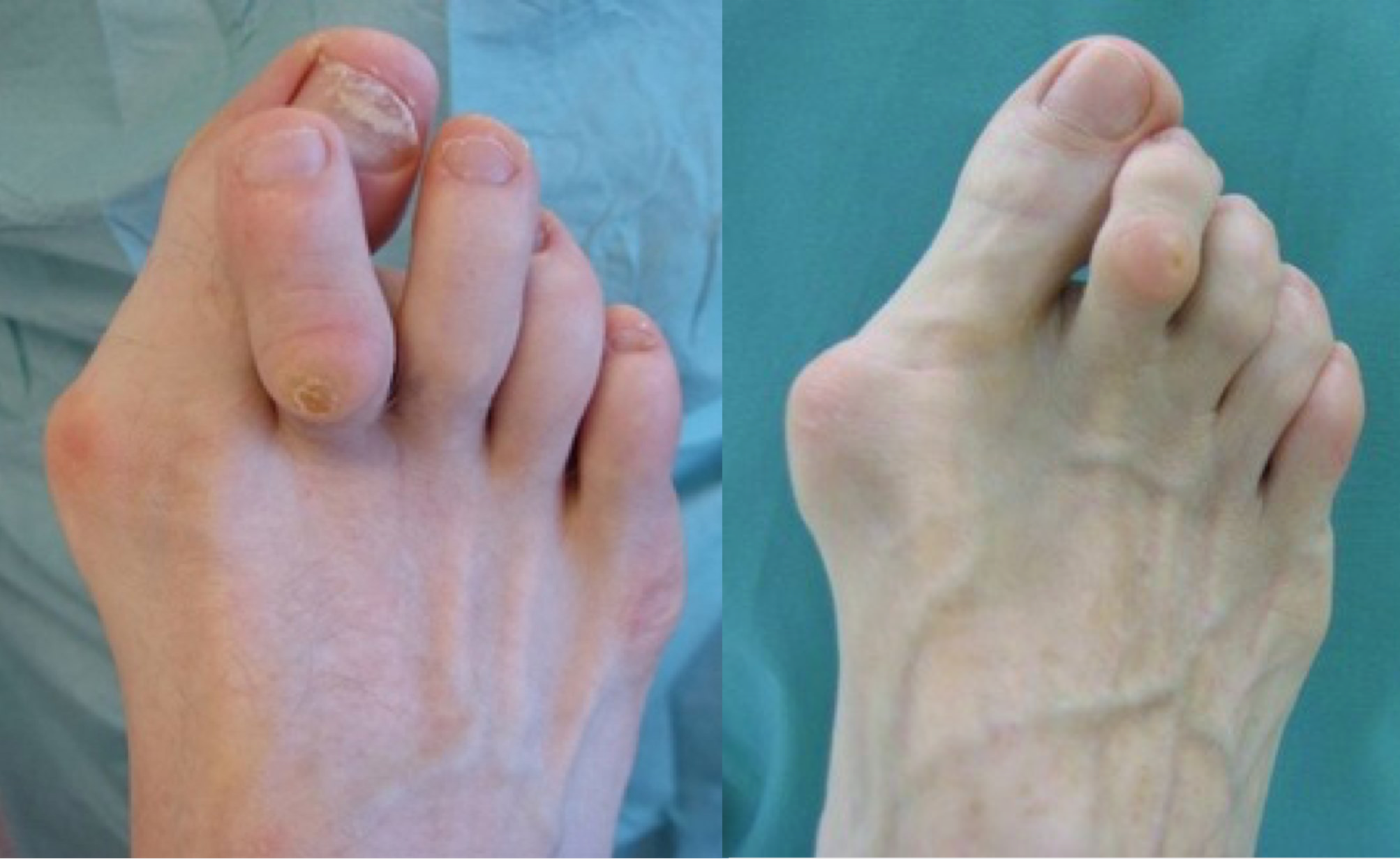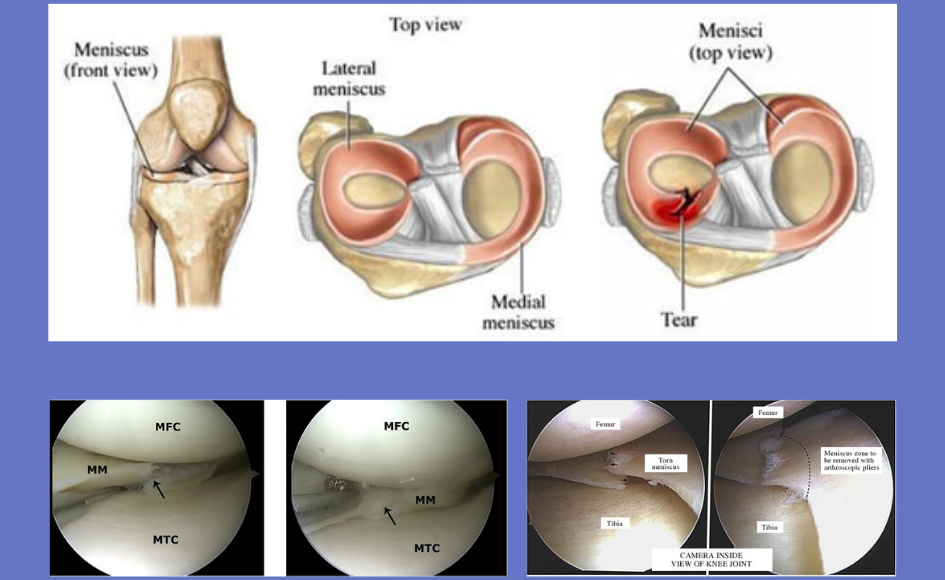
Hallux Valgus Treatment and Recovery
Hallux valgus can be a painful and cosmetically unsightly condition. In severe cases, they can also affect the other toes in the foot and cause difficulty in finding shoes which may fit. Surgical correction (Hallux valgus correction and bunionectomy) may sometimes be required if conservative management fails. Here’s some sharing in what you want to know about hallux valgus, related surgery and the recovery afterwards.
- Hallux Valgus is a condition where there is a lateral deviation of the big toe towards the smaller toes, pushing the head of metatarsal bone toward the inner side and causing a swollen bony bump at the base of the big toe (known as bunion). As a result, this bony bump will constantly rub against shoes, and abnormal pressure on the toe can also cause pain. As it gets worse, the big toe will turn further outwards, pushing the other toes to shift out or curled up to accommodate the deformity. The predisposing factors of the deformity include genetics, family history, female and inflammatory arthritis, but the underlying mechanism remains unclear.
- Hallux Valgus can cause extreme pain and stiffness, making it difficult for the affected person to wear shoes or walk. There are several ways in which the condition can be managed with conservative treatments, such as toe splints, physiotherapy, insoles, wider shoes, etc (which are aimed at reducing the pressure on the big toe), but if relief is not achieved, then surgery may be the last port of call.
- In most situations, the surgical correction involves a combination of several different procedures such as osteotomy, bunionectomy, soft tissue release or tightening or arthrodesis. The procedure would depend on the severity of the bunion, and it aims at relieving the pressure and pain in the foot and restoring proper foot alignment.
- Recovery after surgery can last for a few weeks to months, and this depends on the extent of the bunion and the surgical operation. Post operatively one would need to walk on the heel with a special shoe on the affected foot for a period of time. As the swelling reduces and the bony healing improves, walking will become much easier. Often you can visit a physiotherapist to help speed up your recovery process.
(photo source: internet)
0








